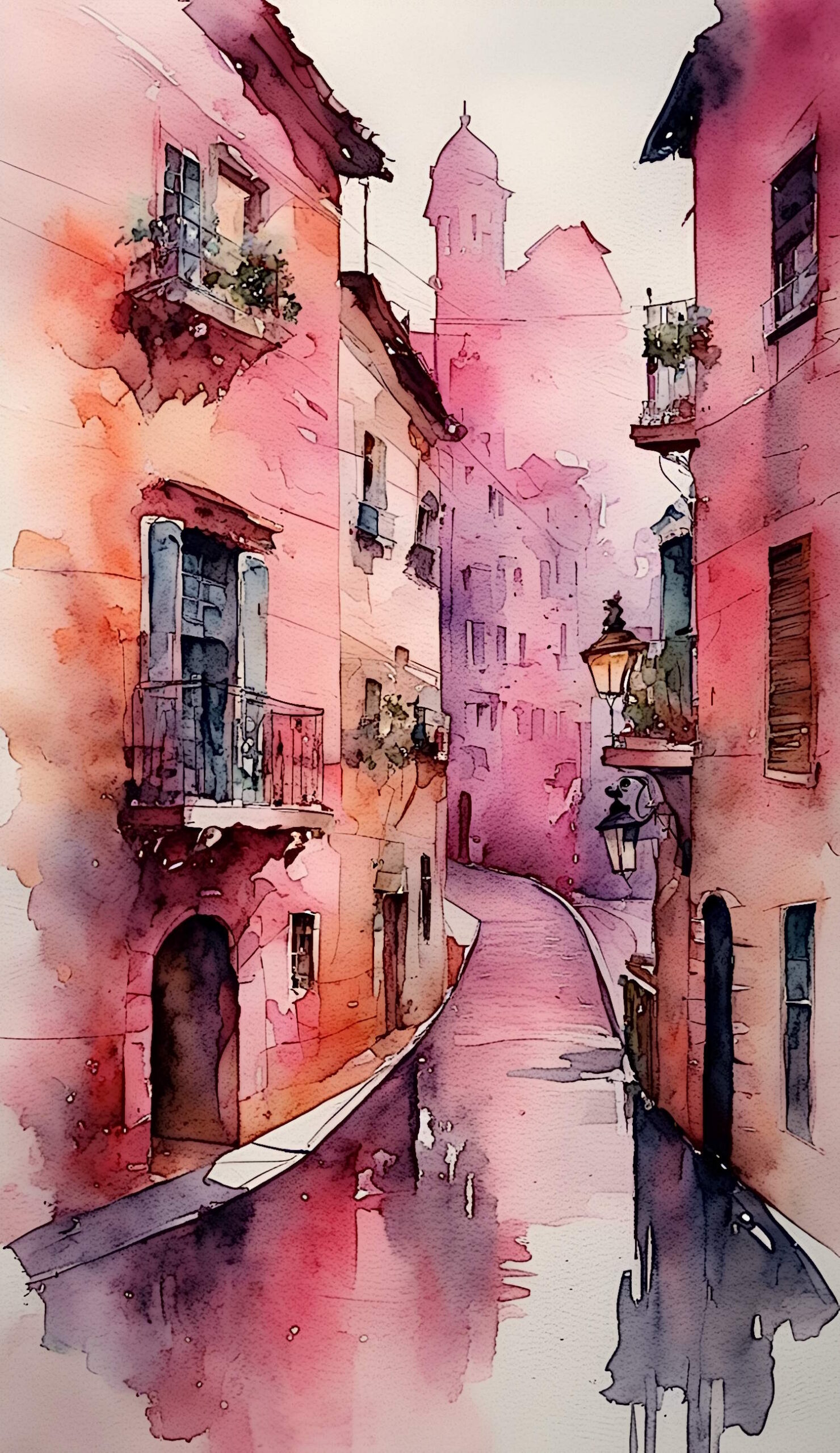-
Roman music? In fact you will find fewer examples of music than one would think, given the Roman's culture inspired many aspects of our modern western society, Rome did not, however, contribute much to music as the Greeks did. Although they conquered their territories,…
-
The Origins of Rome History and legend blend irretrievably together when we attempt to explain the origins of Rome. Leaving aside what tradition tells, long before the city was founded, the peninsula of Italy was inhabited by many different groups of people. Some of…
-
What kind of shoes did the Romans wear and how did they make their shoes? The answer to that question(s) is simple. They made and wore primarily sandals. Fashionable right? Yet unlike today, almost all shoes were made on strips of wood, which were…
-
Food in ancient Rome wasn't as bland as you might think. Still, before the rich and elaborate meals began to appear on the tables the empire needed a basis to build on. Later food began to appear from places as distant as Guinea (pheasants),…
Tag: Roman
About
Life’s a painting and you’re the artist. But you are never finished. Each day is made up of a dozen different sketches, alone they will never be more than that, a sketch, yet they make up the context of our lives.
This is my sketch, one done with love.
Olivia
Recent Updates
Site Links

